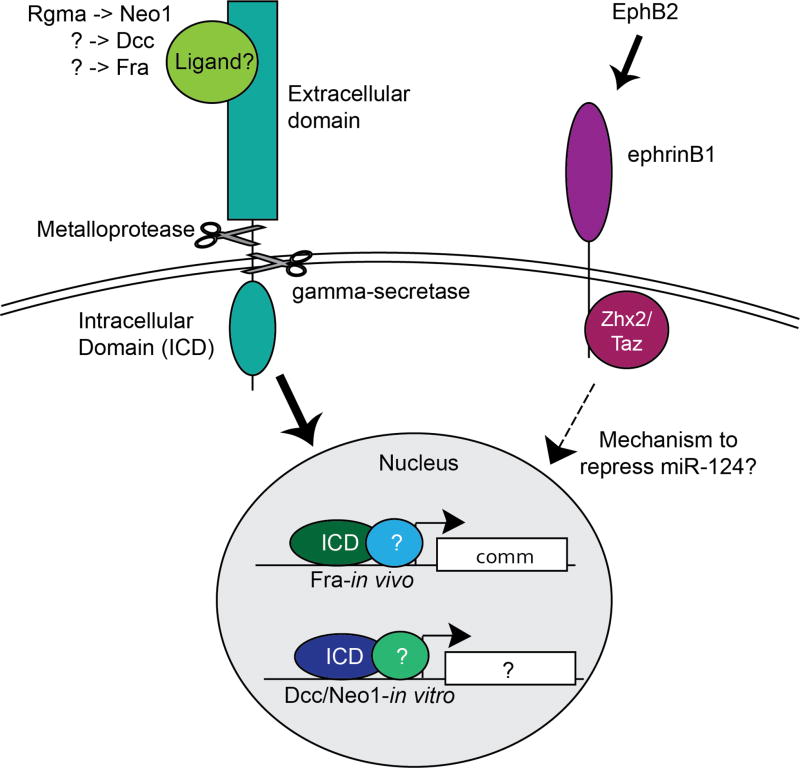Figure 2. Axon guidance receptors are cleaved and enter the nucleus to regulate transcription.
A schematic depicting a general mechanism for axon guidance factors to enter the nucleus and regulate transcription. On the left, a ligand interacts with the extracellular domain of the receptor, triggering ectodomain-shedding by a metalloprotease, and subsequent cleavage in the transmembrane domain by the single-pass transmembrane protease gamma-secretase. The resulting intracellular domain product then enters the nucleus and interacts with nuclear proteins to regulate transcription. It should be noted that while gamma-secretase cleavage and transcriptional activation has been demonstrated to be required for the Drosophila protein Fra, and that in vivo, and in vitro experiments with vertebrate proteins Dcc and Neo1 also support this model, the experiments linking the transcriptional regulation downstream of EphB2-ephrinB1 signaling to this model is substantially weaker. EphB2-ephrinB1 signaling does repress the expression of miR-124, and this is mediated by the transcriptional repressor Zhx2.

